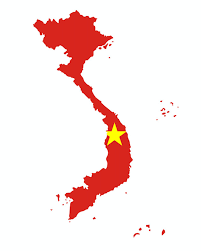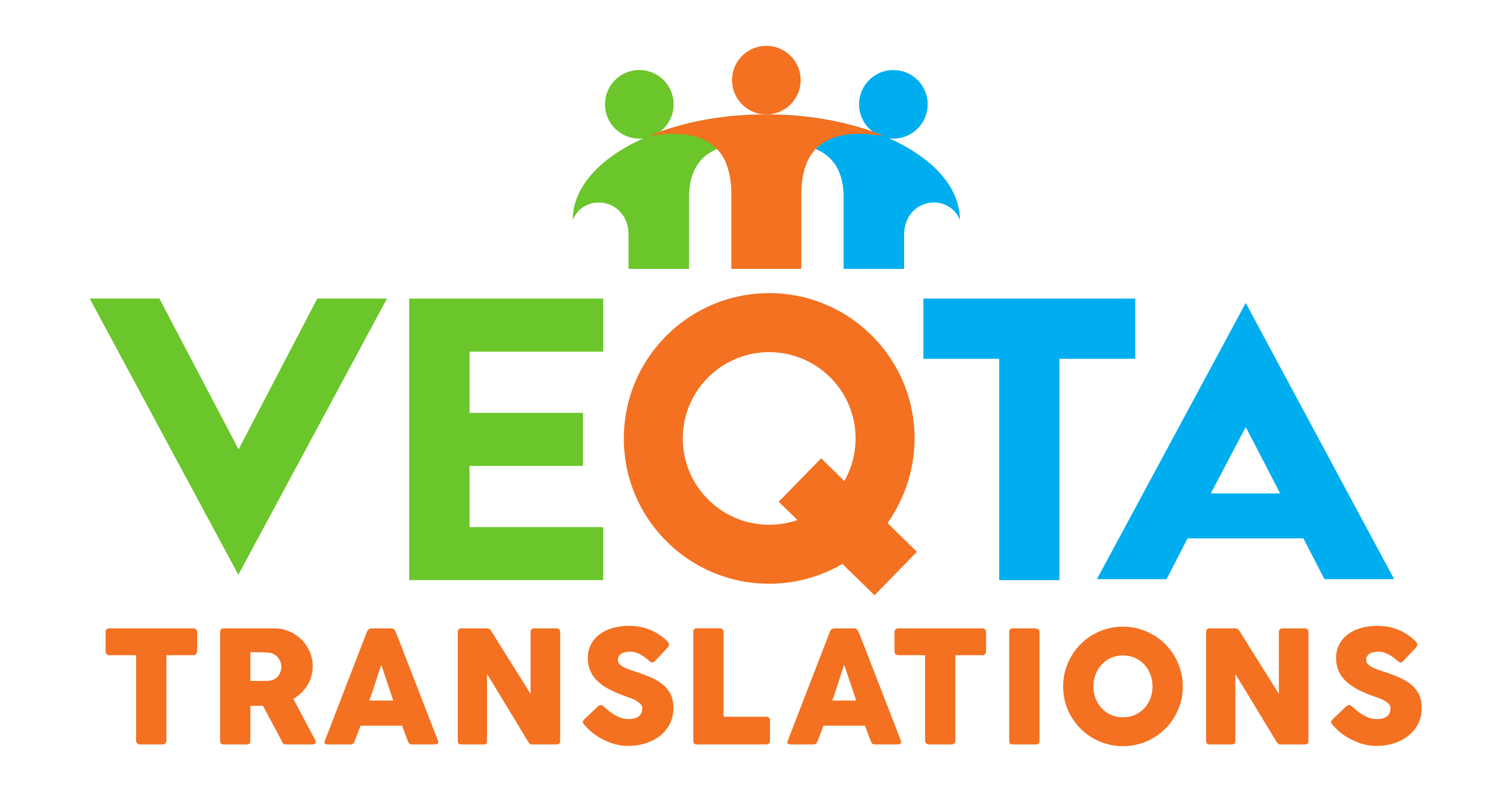Our native Vietnamese translators will be assigned on the project according to their experience with similar content. We only use experienced native translators who have been thoroughly vetted by language testing proficiency tests.

Translate vietnamese TO ENGLISH today!
Professional Vietnamese Translations
Key Services:
• Translate Vietnamese to English
Vietnamese is a tonal language with six tones and a Latin-based script, making translation a delicate task. The language’s reliance on context for meaning requires a deep understanding of both the linguistic and cultural background. In localization, a critical issue is the correct placement of diacritical marks, which, if mishandled, can lead to significant changes in meaning. A famous error occurred in a government document where a misplaced mark altered the entire legal interpretation. This would never occur with VEQTA’s Vietnamese translators. Our experts excel in delivering translations that not only preserve tone and context but also ensure clarity and effectiveness in communication.
Our services extend beyond simple translations. Our Vietnamese team can provide multilingual desktop publishing in Vietnamese, ensuring that your translated marketing materials are perfectly localized for the Vietnamese market. This includes professional handling of Vietnamese PDF conversions, meticulous formatting, layout management, and processing of scanned documents. We can also assist in compiling your content as required to ensure it meets local standards and appeals effectively to your target audience.
VEQTA Translations is a language service provider in Malaysia offering localization and translation services in most commercial languages. We have subject matter experts available for perfect Vietnamese translations across major industries. We adhere to localization best practices, including the use of style guides, glossaries, CAT tools, and comprehensive quality assurance processes. Our clients rely on us for high-quality and accurate Vietnamese translations of all types of documents and content.
Need to translate English to Vietnamese voice?
Translate English to Vietnamese language
We provide Vietnamese translation by following a proven 3 step process for best result and consistent quality:Once the translation has passed certain quality criteria, it’s passed to the Editor. The Vietnamese Editor is a senior translator who will go through and polish the text, e.g correcting syntax, grammar and flow.
As a final quality assurance step, we will go through the Vietnamese documents again to give it an overall quality check, check on typos, any missing content and correct any inconsistencies in the translation.
Vietnamese language translation requires Subject Matter Expertise for a perfect result.
We provide Vietnamese terminology experts who has worked in a related field of the source material in Vietnamese.
Voice over in Vietnamese language and an array accents and other languages for cold or hot recording for broadcasting, e-learning modules or voice or video translation for corporate use.
Vietnamese is an important language to consider for translation of your marketing material.
A high quality translation will give you the maximum impact of your marketing material!
Vietnamese to English Translation and Proofreading
- Vietnamese Subject Expertise
- Vietnamese Editors
- Vietnamese Reviewers
- Vietnamese Subtitling
- Vietnamese Translators
- Vietnamese Copywriters
- Vietnamese Voice dubbing
- Vietnamese Transcription
A dedicated team of Vietnamese translators who combines Experience, Specialized Subject Matter Expertise with Translation Practices to deliver quality second to none.
Professional Vietnamese Localization
- Vietnamese Document Translation
- Vietnamese I.T Translation
- Vietnamese Medical Translation
- Vietnamese Financial & Accounting Translation
- Vietnamese Legal Translation
- Vietnamese Health & Fitness Translation
- Vietnamese Marketing Translation
- Vietnamese Tourism & Travel Translation
Need a quote?
Connect with your Linguistic Translation Specialist Today!
Fast, Accurate & Affordable Translation Solutions!
Get In Touch
Singapore: +65 6829 7058
Malaysia: +60 3 2776 6812
Thailand: +66 98357 8074
info@veqta.com
Translation & Localization Services in Over 200 Languages

Asian
- Chinese Translation Services
- Thai Translation Services
- Japanese Translation Services
- Korean Translation Services
- Indonesian Translation Services
- Lao Translation Services
- Philippines (Tagalog) Translation Services
- Vietnamese Translation Services
- Burmese Translation Services
- Cambodian (Khmer) Translation Services
- Kazakhstan (Kazakh) Translation Services
- Mongolian Translation Services
- Persian (Farsi) Translation Services
- Armenian Translation Services
European
- French Translation Services
- German Translation Services
- Spanish Translation Services
- Italian Translation Services
- Greek Translation Services
- Portuguese Translation Services
- Dutch Translation Services
- Turkish Translation Services
- Swedish Translation Services
- Norwegian Translation Services
- Danish Translation Services
- Finnish Translation Services
- Icelandic Translation Services
- Croatian Translation Services
- Maltese Translation Services
- Macedonian Translation Services
- Catalan Translation Services
Eastern European
- Russian Translation Services
- Polish Translation Services
- Romanian Translation Services
- Hungarian Translation Services
- Ukrainian Translation Services
- Czech Translation Services
- Bulgarian Translation Services
- Estonian Translation Services
- Belarusian Translation Services
- Lithuanian Translation Services
- Bosnian Translation Services

